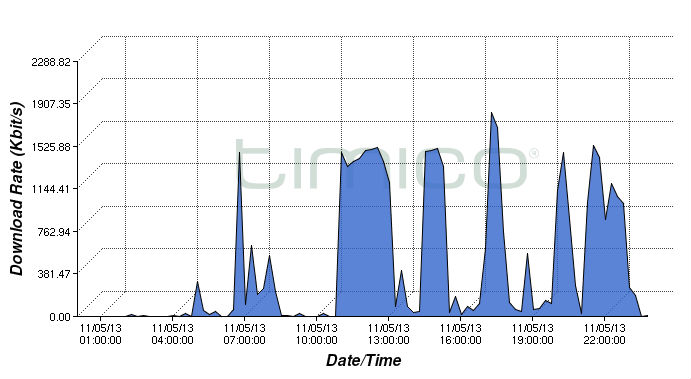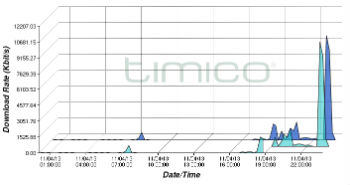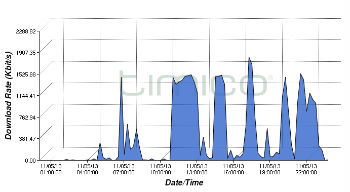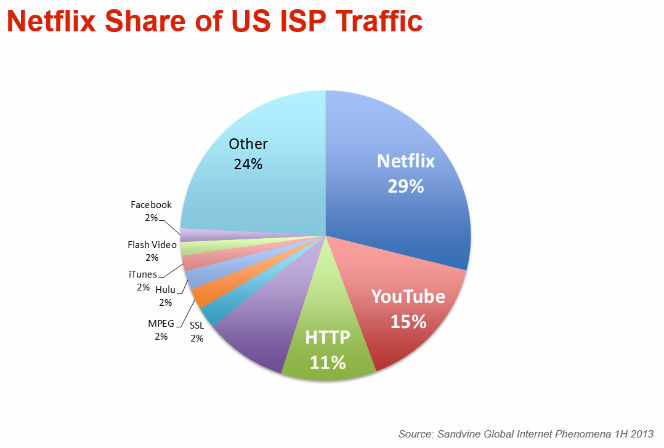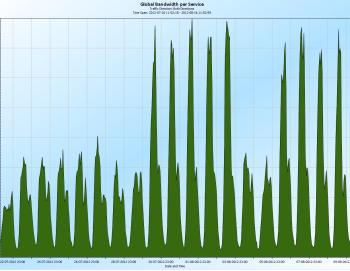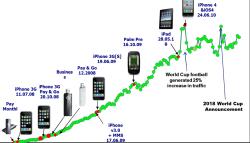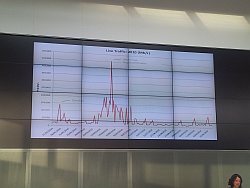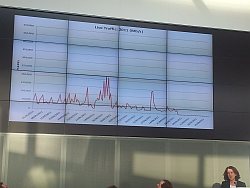 I live in my own little world. It’s a connected world but relatively contained. I have a modest 2,461 followers on Twitter, 455 friends on Facebook and over 5001 connections of LinkedIn.
I live in my own little world. It’s a connected world but relatively contained. I have a modest 2,461 followers on Twitter, 455 friends on Facebook and over 5001 connections of LinkedIn.
All this comes in to perspective when you read Cisco’s annual Visual Networking Index, a body of research that charts the growth of the internet and forecasts traffic patterns over the next five years. The latest issue is just out and comes with a ton of data. I’ve distilled a few points that jumped out of the router at me and shared them below.
Connected people and IPv6
According to the forecast by 2017 3.6 billion people will be connected to the Internet, up from 2.3 billion in 2012. Also by 2017 there will be 19 billion networked devices, up from 12 billion last year.
That’s a lot of people and a lot of devices. The fact that there are around 5 times more devices than people is a reflection of the growth of machine to machine connectivity. Nobody is going to be carrying around five networked devices, although having said that I carry four but don’t use me as an example of Mr Average.
It’s interesting to note that the number of IPv6 connected devices is forecast to grow from 1.6 billion in 2012 to 8 billion in 2017. On the face of it this suggests that most of the growth in connected devices is going to come from IPv6 which shouldn’t come as a surprise.
Metro versus long haul
Cisco reckons that metro traffic will surpass long haul traffic in 2014 and will account for 58% of total IP traffic by 2017 and will grow nearly twice as fast as long-haul traffic from 2012 to 2017. This is not something that your average man in the street will have to think about but it does help us to understand the trend towards regional peering exchanges.
Historically most ISPs connect to the internet at a few major hubs. London is one such hub. However as more and more traffic is local traffic it makes more sense to connect this traffic near to where it originates. For example the traffic between two servers “taking to each other” in Leeds would historically have been tromboned to London and back. It obviously doesn’t make sense to pay to cart data hundreds of miles and back if it can be done more directly. Now ISPs with a reasonable density of customers in Leeds can connect via the IX Leeds Peering exchange. The same applies for Manchester. In time as traffic levels grow the business case for smaller metropolitan areas will work we will see other locations appear on the connected map.
WiFI/mobile
Wi-Fi and mobile-connected devices will generate 68% of Internet traffic by 2017. It wouldn’t surprise me to see this number upsided. The only fixed internet connections in our house are the Xbox and my home office VoIP phone and the XBox is likely to go wireless when the new one comes out later this year. I would guess that most wired internet connectivity is going to be business based.
There’s more info on the Cisco blog here together with links to tools that allow you to play with the numbers. It’s well worth a browse.
Returning to my opening lines and the number of people I connect with, all these statistics do highlight the changing nature of our world. We are going to have to continue to adapt as more and more of our daily lives become electronic and connected.
I think these are exciting times from both a personal and business perspective. Exciting because of the wave of change sweeping across our personal lives that will hopefully enrich and enhance the quality of our lives. Exciting from a business perspective because there is money to be made out of all this growth.
That’s all folks…
1 no idea actually how many because it only tells me 500+ and I couldn’t figure out how many and I wasn’t prepared to spend any time finding out how to do it.
